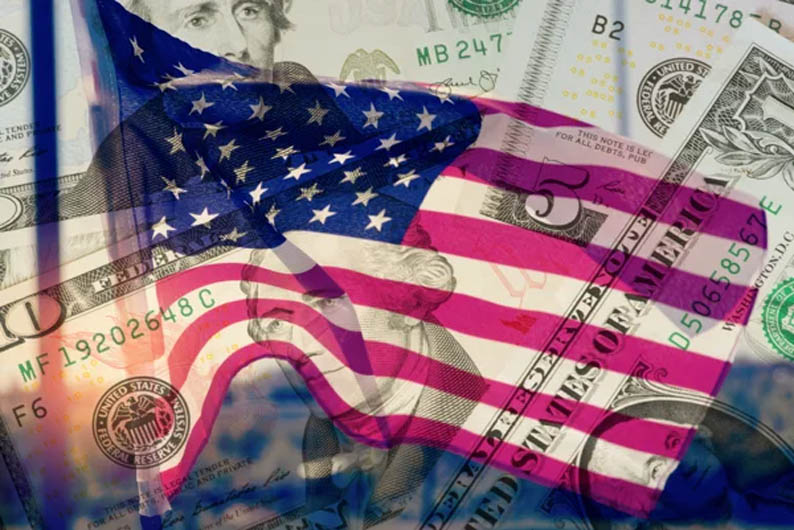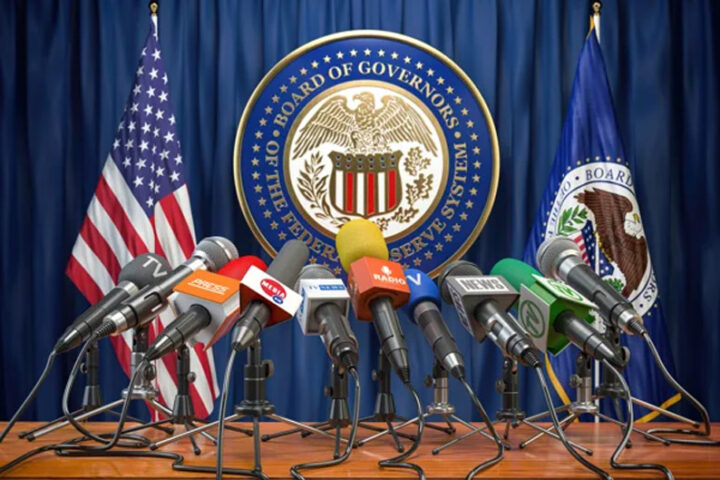The Federal Reserve is expected cut rates only once this year, and the next will not be until January 2025, said the CEO of leading financial advisory and fintech deVere Group after the US CPI inflation came in hotter than expected for the third consecutive month.
Both headline and core prices increased by 0.4%, bringing the annual measures to 3.2% and 3.8%, respectively.
At the outset of the year, markets were pricing in five to six interest rate cuts by the Fed in 2024.
However, deVere’s Nigel Green was among the few voices cautioning against such an overly optimistic outlook. As events have unfolded, the cautious stance has been validated.
“Of course, there has been progress on the multi-decade high inflation, but it has been slow in the past several months,” he said.
“Indeed, headline CPI has barely moved since the Fed stopped hiking, although core, which officials believe is a better barometer of longer-term trends, has fallen about a percentage point.”
Also, said Green, there was a far stronger-than-expected jobs report last Friday which only adds to the issues for the Fed.
He added that, “we’re still a far cry from the central bank’s 2% target – and the policymakers will need to be a lot more convinced, and over a few months too, before they pivot.
“As such, we expect the Fed will delay a rate cut until the third quarter of this year. Then, there will be a pause in order to assess the impact on the world’s largest economy of the cut.
“This means that the next rate cut, after the one in the third quarter, will be January 2025 at the earliest.”
With interest rates expected to remain higher for longer than the markets had priced in, investors may need to reassess their investment strategies to adapt to this new environment.
Fixed-income under pressure
“Fixed-income investments such as bonds may experience lower prices, potentially leading to capital losses for investors holding existing bonds.
“Investors may need to review their bond portfolios and consider diversification strategies, such as investing in shorter-duration bonds or bond funds, which may be less sensitive to interest rate fluctuations,” said the deVere boss.
“Alternative investments such as real estate, some crypto, commodities, and private equity are likely to become more attractive.
“Investors should be focusing on high-quality stocks with strong balance sheets, stable earnings growth, and competitive advantages. Dividend-paying stocks are also appealing, as they typically provide income in a rising rate environment.”
Green said a disciplined approach to investing is essential as is to diversify portfolios across different asset classes and regions. Diversification will help reduce risk and improve risk-adjusted returns over the long term.
An advisor can help assess individual investment goals, risk tolerance, and time horizon, and tailor an investment strategy to meet these objectives while considering the prevailing interest rate environment.
He concluded that, “the latest Fed meeting strengthens our expectations of a maximum of just one rate cut this year, with the next one being in January 2025.
“Investors should consider adjusting their portfolios accordingly to seize opportunities in this ‘higher-for-much-longer’ environment.”










